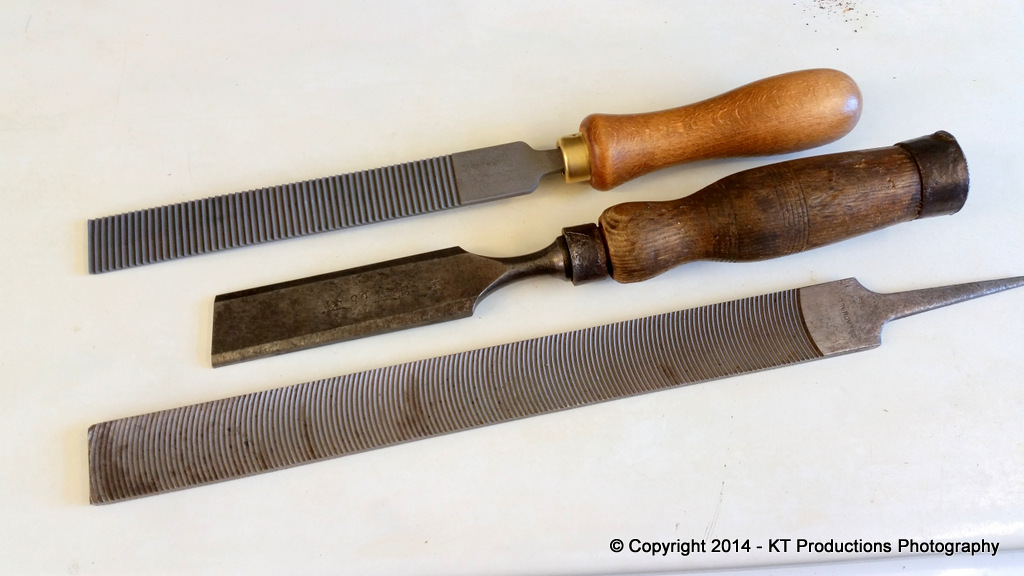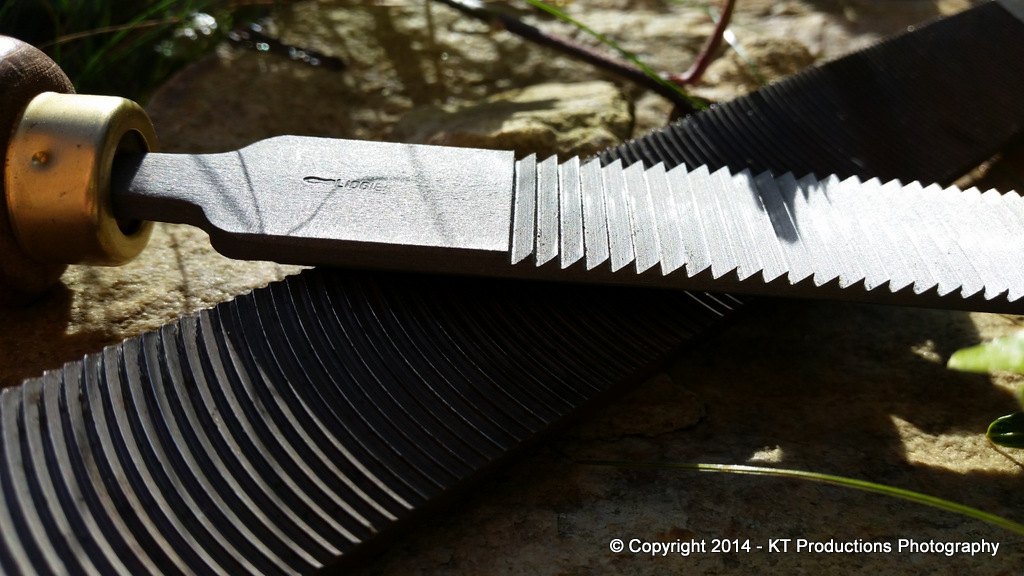Sheffield Tony
Ghost of the disenchanted
We've had a discussion about bedding plane irons, but I'm wondering what the plane makers on here use for this job.
To get started, I've bought a Liogier float, and an Iwasaki. The Liogier float, according to the website, can be used out of the box, but can be improved by sharpening with a triangular file. It did not say what you could use it for out of the box - picking your nose perhaps, bit it made absolutely no impression on wood. Sharpening produced quite a good result, but ruined a Bacho saw file in one go.
The Japanese tool felt sharp uot of the pack, worked straight off as I had hoped. But I guess it can't be sharpened, so maybe the Liogier will win in the long ru .
Any other options ?
To get started, I've bought a Liogier float, and an Iwasaki. The Liogier float, according to the website, can be used out of the box, but can be improved by sharpening with a triangular file. It did not say what you could use it for out of the box - picking your nose perhaps, bit it made absolutely no impression on wood. Sharpening produced quite a good result, but ruined a Bacho saw file in one go.
The Japanese tool felt sharp uot of the pack, worked straight off as I had hoped. But I guess it can't be sharpened, so maybe the Liogier will win in the long ru .
Any other options ?




































